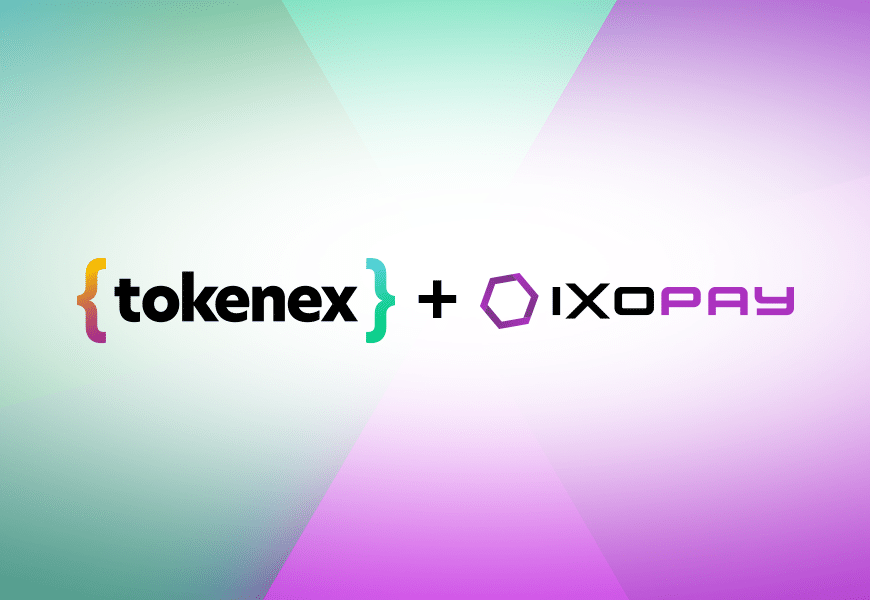Consumers used credit and debit cards for 57 percent of total payments in 2021. It’s no surprise digital commerce continues to increase due to the convenience of cards. While there are multiple benefits to a surge in card transactions, businesses must also tackle the growing issues of card fraud, false declines, and chargebacks, which impact their bottom line. If your business is currently only working with one payment service provider (PSP), keep reading to discover how a multi-processor payment strategy can improve your authorization rates, customer checkout experience, and help you unlock additional revenue opportunities.
Quick Hits:
- Authorization rate refers to the percentage of a company’s approved transactions.
- There are several limitations to using a single PSP, from revenue loss to slower speed-to-market.
- Working with multiple PSPs has several benefits, including increased authorization rates, faster speed-to-market, improved customer checkout experiences, additional revenue, and more.
What Is an Authorization Rate in Payments?
An authorization rate, or “auth rate”, is the percentage of a company’s transactions approved during the payment authorization process. This is a key step metric for companies receiving online payments because transactions that are not authorized represent potentially lost revenue. And even a small improvement in a company’s authorization rate can have a positive impact on its financial performance. For example, a company with a yearly revenue of $200 million that receives a 1 percentage point boost in authorization rates could receive an additional $2 million in annual revenue.
The Limitations of Using One Payment Processor
No matter what type of digital business you are, every business has a few universal requirements. These needs include sustainable business growth, consistent revenue, fast speed-to-market, flexible payment options, and an excellent customer checkout experience. If your company processes payments, it’s crucial that your payment processor helps meet your needs. However, several issues can arise by limiting your business to using just one PSP.
Here are a few common scenarios from our clients that used to work with a single PSP.
You cannot process payments because:
- Your payment gateway is down.
- A transaction is declined.
- Every country has unique payment, compliance, and risk module rules that can impact a transaction from being processed.
- Most single PSPs control the payment process, so they will dictate how, where, and when payments are routed, which can lead to missed payment opportunities.
How Can You Improve Your Authorization Rates with Multiple Processors?
When it comes to your business, your bottom line is a critical measure of success. With so many payment service providers to consider, it can be challenging to find an option that helps increase your authorization rates and reduce false declines without compromising a seamless checkout experience for customers. How do you strike that balance? By using a multi-processor strategy.
Instead of limiting your company to one PSP, a multi-processor strategy allows you to work with several payment processors. This solution offers the payment flexibility and independence businesses need to achieve their goals and maintain critical business operations.
Benefits of Using a Multi-Processor Solution
Your business can:
- Reduce processing downtime by having fallback options if a primary gateway is down.
- Utilize automatic retries with another gateway if a transaction is declined.
- Route transactions to the best gateway based on specific characteristics, such as country, purchase amount, or risk profile.
You may be asking, “Well, that’s nice, but how much can this solution improve a company’s authorization rates?” By switching to TokenEx, our multinational client, VIVRI, now had the freedom to work with multiple PSPs, route payments to the processor with the best rates, integrate with several payment options, and significantly increase authorization rates. This client increased their authorization rates by 10 to 15 percentage points, gaining them 5% to 7% in additional monthly revenue. This is the power behind a multi-processor strategy.
How Can Our Client Save Payments by Using Multiple PSPs?
Suppose one processor rejects a transaction based on their risk criteria or transaction rules, which varies for each country. In that case, VIVRI can send that transaction to a different processor that may offer a more relaxed risk module and result in a successful transaction. This means a transaction is approved, and the client didn’t lose a sale, which quickly adds up for businesses.
Some processors don’t accept transactions without the CVV or CVC. In these scenarios, processors will likely use a stricter risk module when a transaction doesn’t meet their transaction criteria. If our client cannot successfully approve a transaction with one processor, they can route the pending transaction to another processor with a more flexible and relaxed risk module, even if the processing fees are higher. After all, it’s better to save a sale at a slightly higher rate than it is to lose it entirely.



How Can Improving Authorization Rates Increase Your Business Value?
Improve Your Customer Checkout Experience
Customers desire a seamless, secure checkout experience that is as frictionless as possible to make a payment. Friction refers to the obstacles that customers face during checkout that can disrupt or distract them from completing a purchase. Since customers may not know why their card was declined, this can lead to frustration and them taking their business elsewhere where they have a more user-friendly payment experience. The Baymard Institute has found that the average cart abandonment rate is just under 70 percent in 2023. Businesses can help reduce this rate and, in turn, increase profits by improving their checkout flow. Using multiple PSPs can play a vital role in this process. Let’s see how our multinational client mentioned earlier has improved their customer checkout experience by using a multi-processor approach.
- They offer multiple payment options for customers based in several countries to increase the likelihood that customers can and will make a purchase.
- They reduce payment friction by routing to a different processor if one processor is down or rejects a transaction.
- They can accept transactions without a CVV or CVC by routing to a PSP with a relaxed risk module, which is essential for recurring subscriptions that make up 30 percent of their monthly revenue.
Reduce False Declines
When a transaction is flagged for fraud, the card is typically declined to protect the cardholder and their funds. If a business experiences a high rate of false declines, this can harm their revenue and customer experience. Companies adopting a multi-processor strategy can reduce declines by choosing PSPs that offer a more relaxed risk module and will be more likely to approve transactions that vary by type and region. Businesses can also utilize a fraud services provider across all their processors. A fraud services provider can help prevent fraud without introducing scope, maintain high authorization rates by reducing false declines, and maintain low chargeback rates after authorization.
Unlock Unrealized Revenue and Profitability
There are several cascading benefits of a multi-processor solution. Increased authorization rates mean your business can capture unrealized revenue and profitability. With this additional revenue stream, your company can open operations in new countries, focus on growth, and invest in new products and services. Our multinational client saved 10 to 15 percent of transactions that would have been declined on other single PSP models, resulting in significant additional monthly revenue. Indeed, our client can use this additional yearly revenue to fuel their business success.
Discover how a multi-processor solution
can help your business.
Faster Speed-to-Market
When it comes to business, time is money. Companies that work with single payment processors have less control of the payment process, including which PSPs they can integrate with, how transactions are routed, and the speed at which this is achieved. A multiple PSP approach offers a key benefit over single PSPs because it can increase a business’ speed-to-market rates by making it easier to integrate and open new markets in different regions and with alternate payment processors.
On their old model, VIVRI would have to wait two to three months to determine if they could process payments in a particular country. After partnering with TokenEx, it would only take one to two weeks to be ready to process payments in a new country. With that time saved, our client was able to increase their monthly revenue, hit business goals, and continue to drive sales.
How TokenEx Can Help Improve Your Authorization Rates
Single PSPs may handle the payment process for you, but this also means they control how transactions are routed, which providers you can integrate with, and how fast you can open new markets. If your business wants the flexibility to choose which third-party processors and gateways to integrate with, where to open new markets, and the ability to negotiate for the best processing rates, consider a multi-processor strategy. If you only partner with one PSP and their systems go offline or they reject legitimate transactions, this can cost you lost sales and can harm your customer experience.
A cloud tokenization partner like TokenEx ensures you own your card tokens, avoid single processor lock-in, and change processors to meet your evolving payment needs. If you already have multiple PSPs, TokenEx can help by providing a universal token that you can use with any third-party payment processor. As a bonus, our tokenization platform is compatible with any API, allowing this system to scale with you as you need to add or change processors to your existing payment stack.
















